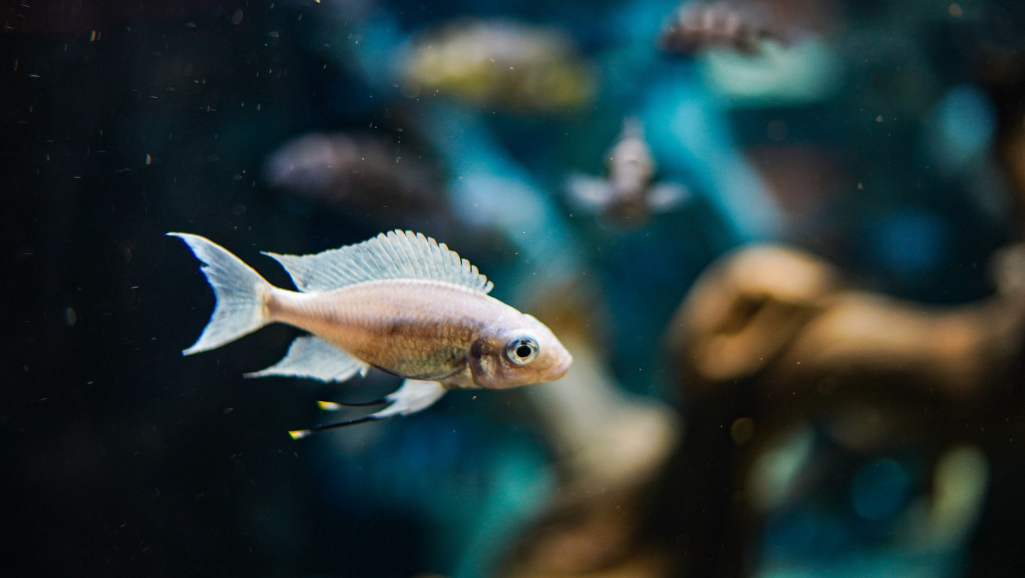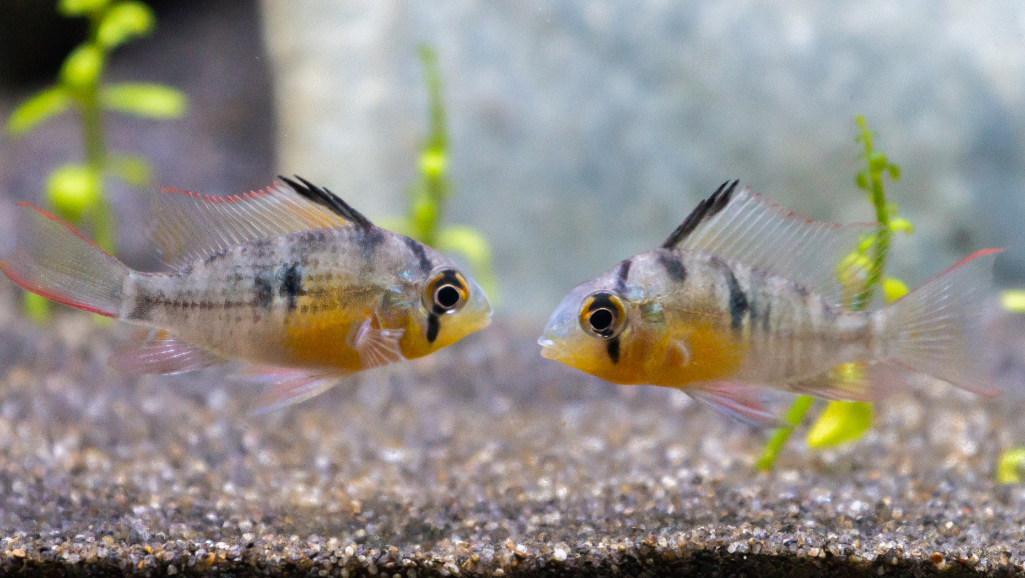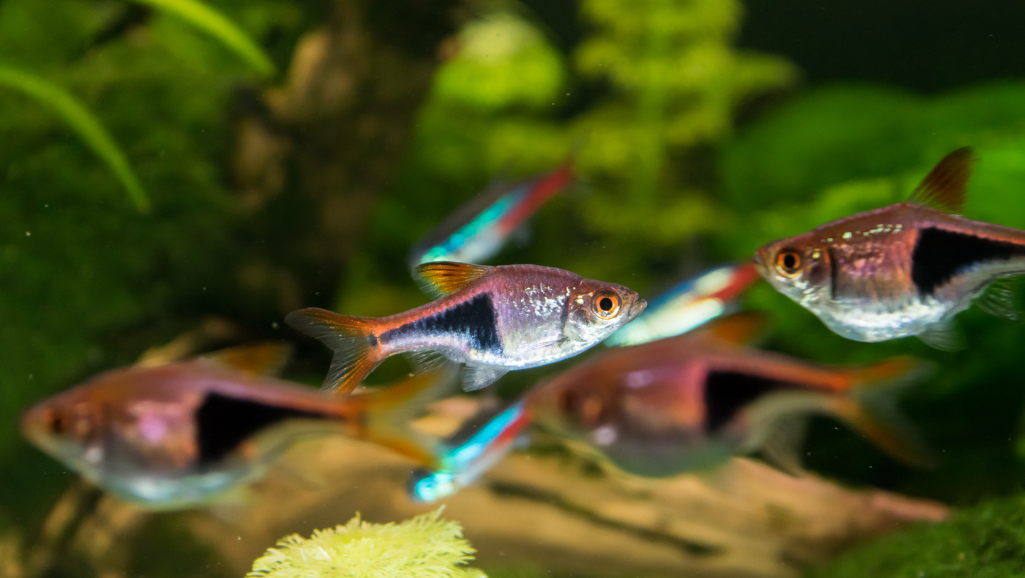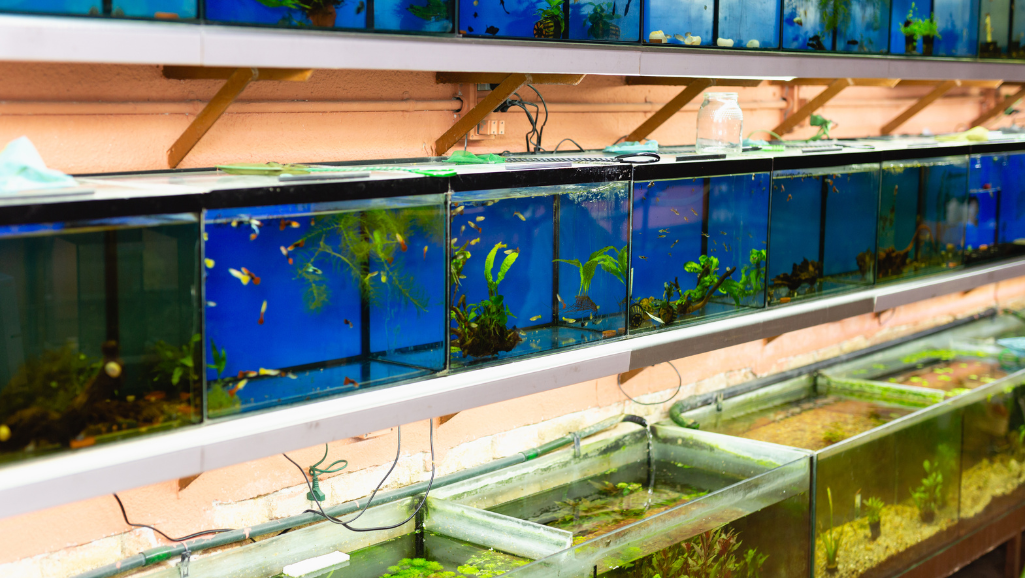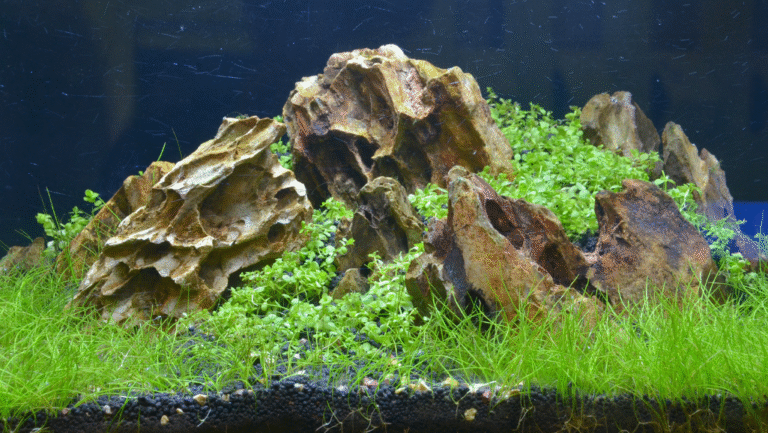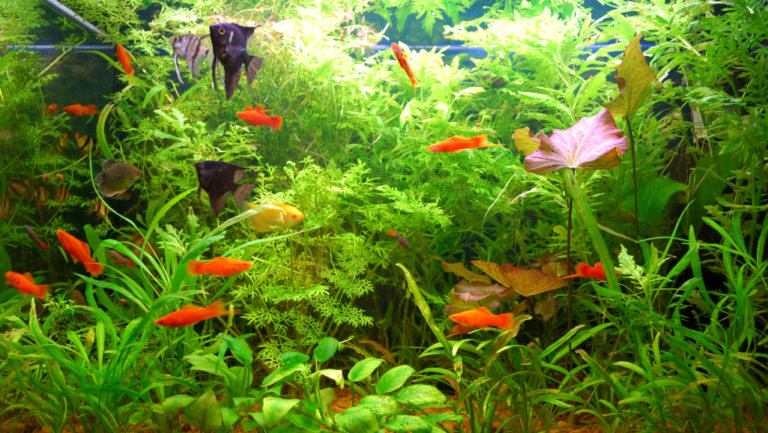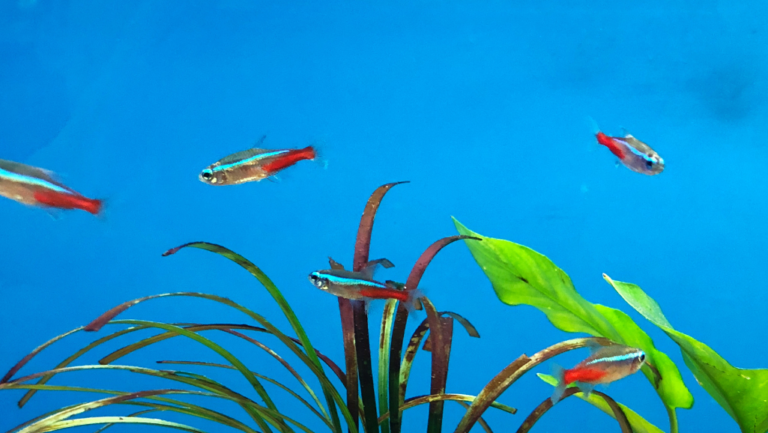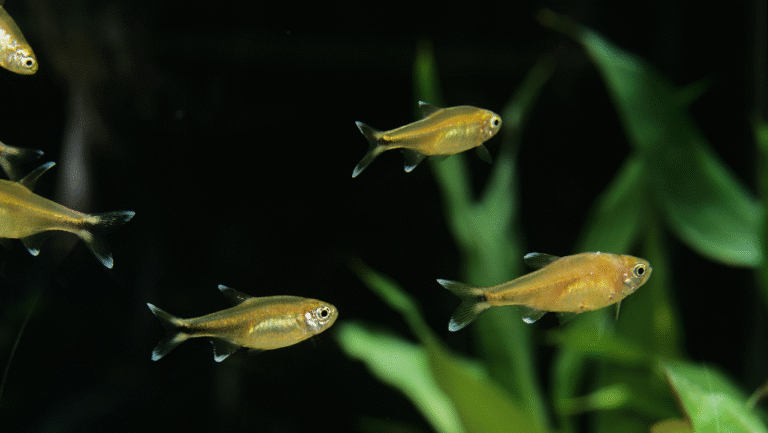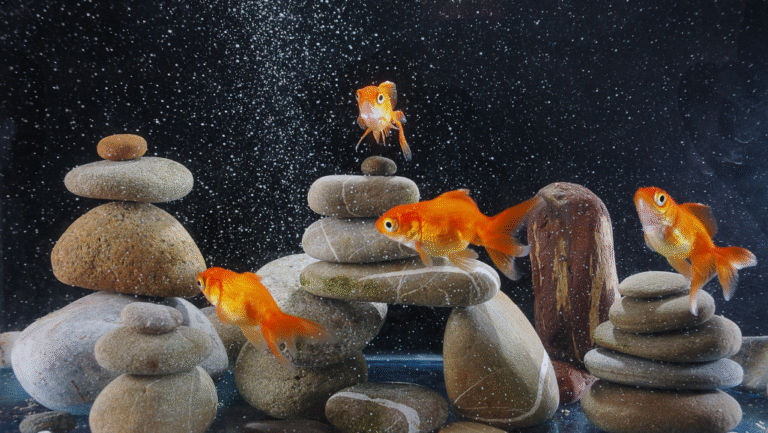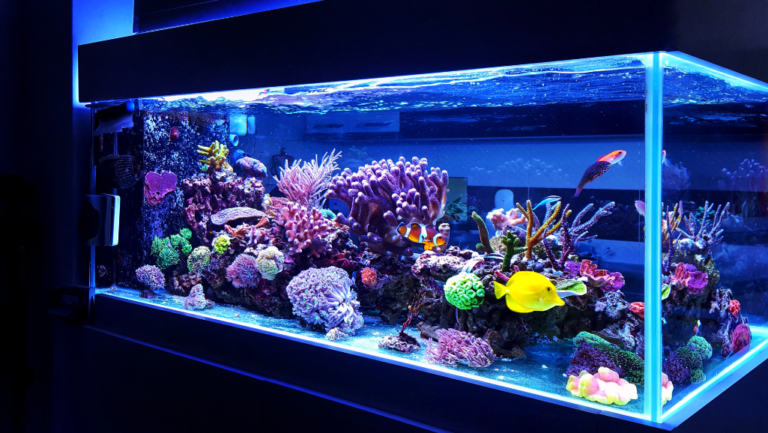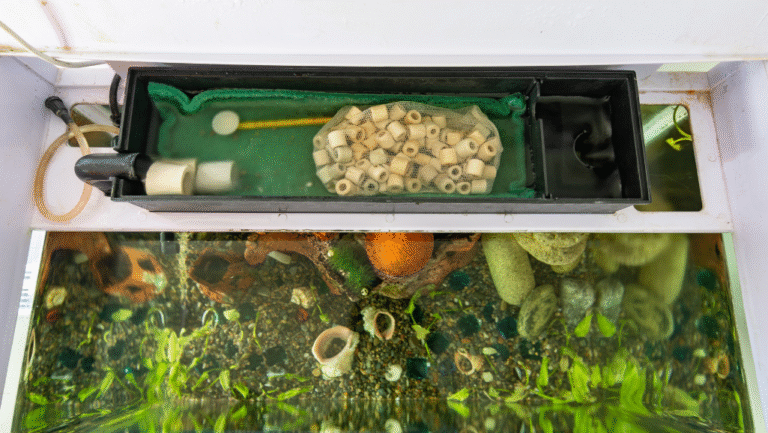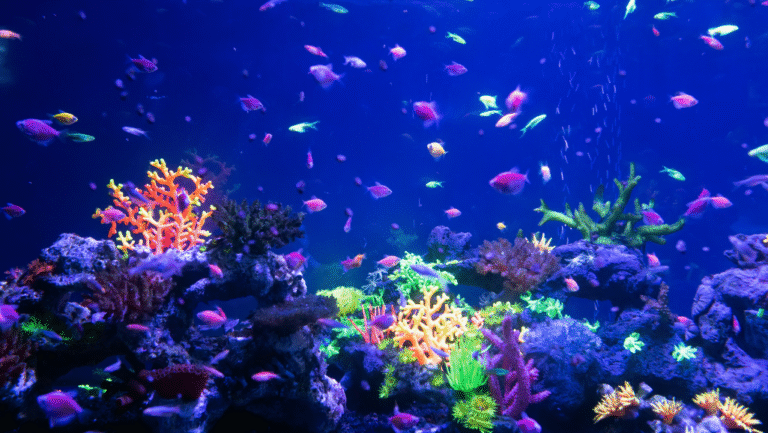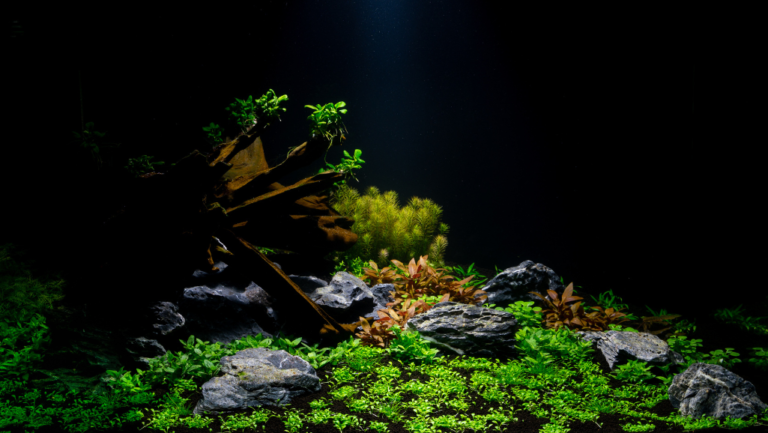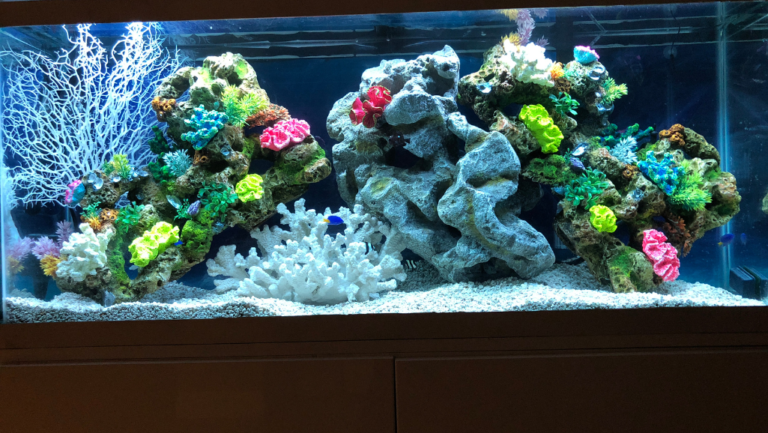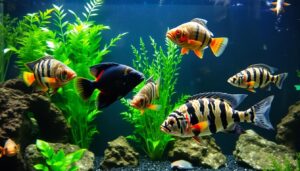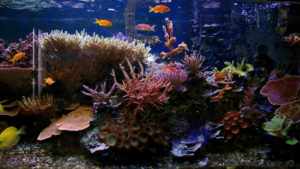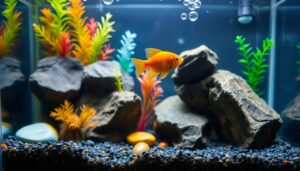Choosing the right tank starts with clear goals. Begin by matching your vision to the room and the species you want. A 20–30 gallon setup is the common starter range because more water gives a stable home and easier care.
Weight and placement matter from day one. Remember that water weighs 8.34 lb per gallon, so even modest tanks demand a sturdy stand and a planned spot in the room. Check standard dimensions—length × width × height—before you buy to avoid surprises.
Plan for adult realities, not just juvenile looks. Some popular pets reach a foot or more at maturity, so choose a tank that supports swimming space, filtration, and a calm community. Think balance: a properly scaled display looks right and performs well.
Key Takeaways
- Aquarium Fish Size.
- Start with a 20–30 gallon tank for stability and ease.
- Account for water weight (8.34 lb per gallon) when placing a stand.
- Confirm dimensions to support swimming paths and aquascapes.
- Plan stocking around adult measurements of species.
- Choose standard models to ease equipment fit and setup.
Why fish size dictates your entire aquarium plan
Begin every tank plan by imagining the adult dimensions and behavior of your future pets. Adult growth drives choices for filtration, layout, and where the unit will sit in your room.
Some species sold small grow large quickly. Goldfish may hit about 12 inches and oscars can reach 12–15 inches, making many starter tanks unsuitable long term.
Volume matters. Bigger tanks dilute waste and buffer changes, so water quality stays steadier and you spend less time reacting to problems. The old rule—”the solution to pollution is dilution”—is practical here.
Think of tank footprint, not just gallons. Length and width create swim lanes and territories. That matters when many fish share the same space and when you want a balanced look on a wall or shelf.
- Start with adult measurements to set tank size and filtration needs.
- Match placement to room width for visual balance and safe support.
- Choose volume with purpose so you keep fish confidently and reduce maintenance time.
Aquarium fish size explained: footprint, surface area, and swimming space
A wide, long footprint makes the biggest impact on water quality and behavior. Choose length and width first to boost the air‑water contact that drives oxygen levels. A generous footprint reduces stress and keeps life active and colorful.
Go wider, not taller: why footprint and water surface matter
Surface area controls gas exchange. Wider tanks expose more water to air. That supports bacteria, stabilizes chemistry, and helps fish breathe during busy feeding or warm days.
Side-to-side swimming and the “room to turn” rule
Most fish swim horizontally. Pick dimensions that give real cruising lanes and clear corners. The room to turn rule means your largest fish can pivot without hitting décor or glass, which lowers aggression and fin damage.
Myth busting: they do not “grow to the size of the tank”
Cramped conditions stunt growth and cause deformities. A larger aquarium with a broad footprint is always better for health and behavior. Use hardscape to create lanes and zones so active swimmers, bottom dwellers, and shy species share space with fewer conflicts.
- Prioritize footprint over height for oxygen and stability.
- Match dimensions to swimming style and territory needs.
- Avoid ultra‑tall, narrow tanks as primary habitats.
From store to adulthood: real-world species growth and tank fit
You may buy a tiny specimen today and discover a very different adult reality later. A common goldfish sold at about 1 inch can reach 8–12 inches as an adult. That growth demands a long footprint and steady filtration rather than a cramped bowl.
Goldfish and fancy goldfish
Fancy goldfish have rounder bodies but still need turning room. A 20‑gallon long is often the minimum for a single fancy, and multiple individuals require larger tanks and stronger filters.
Angelfish, oscars, and cichlids
Angelfish express vertical displays; an 18‑inch tall 29‑gallon tank is a practical baseline for one adult. Oscars and many cichlid species start small in the store but can reach 12–15 inches quickly.
“Plan with adult measurements—length for turning, width for lanes, depth for vertical displays.”
- Expect dramatic growth and map tank length to turning room.
- Match filtration and gallons to adult bioload.
- Build communities with compatible species and temperaments.
Stocking smart: waste load, water quality, and community behavior
Stocking well starts with honest math about waste, filter capacity, and the true load your community will create. Measure what you add and match it to filtration and volume. Beneficial bacteria must be established so ammonia converts to nitrite and then to nitrate.
Waste load 101: filtration, cycling, and “the solution to pollution is dilution”
Cycle with intent. Aim for 0 ppm ammonia, 0 ppm nitrite, and under 40 ppm nitrate. Size filters and media to handle the amount of waste your group produces.
Stock for the filter you own, not the one you imagine. Larger gallon capacity spreads waste and gives microbes room to do their work.
Live plants as nutrient sponges
Fast growers and floating plants remove nitrogen fastest. Stem species and mats soak up dissolved compounds and stabilize pH swings.
Use plants to soften sight lines and give shy fish cover. They act as living filters while improving overall water clarity.
Maintenance cadence, testing, and clean feeding
Test regularly and adjust water changes to keep nitrate below 40 ppm. Feed high‑quality foods and offer only what your fish want in a single feeding window.
- Add stock gradually; test a day and a week after each addition.
- Use prefilters and coarse sponges to trap debris early.
- Match top, mid, and bottom dwellers to reduce territorial friction.
“The best routine is a rhythm: small, predictable steps that prevent big problems.”
For help planning numbers that match your filtration and goals, try this stocking calculator.
Standard tank sizes, dimensions, and what fish fit best
Choosing the right tank template makes daily care and long-term success much easier. Below is a compact guide to common models, their typical dimensions, and which species each supports best.
Small tanks: 5–10 gallons
5 gal (≈16 x 8 x 10 in) and 10 gal (≈20 x 10 x 12 in) tanks save space but demand steady attention. They suit a single betta, shrimp, or nano reef inverts.
20 gallons: long vs. high
20L (30 x 12 x 12 in) and 20H (24 x 12 x 16 in) change how species use the room. Long tanks favor active swimmers and small communities. High tanks help vertical displays but limit horizontal swim lanes.
29–40 gallons: beginner sweet spot
A 29 gal (30 x 12 x 18 in) gives resilience for angelfish or a single fancy goldfish. A 40 breeder (36 x 18 x 16 in) or 40 long (48 x 12 x 16 in) adds footprint for schooling species and planted layouts.
55–75 gallons and up
55 (48 x 13 x 21 in) and 75 (48 x 18 x 21 in) offer stable parameters and room for African cichlids or a larger wet pet like an oscar. At the 125–150 gal range (72 x 18 x 21–28 in), you gain long runs and more species options.
“Confirm published dimensions before you buy; small trim differences change internal volume and equipment fit.”
- Check dimensions to match the species and gear.
- Pick footprint over height for active schools and cruising lanes.
- Plan weight and stand capacity as gallons add up fast.
Practical constraints: room balance, weight, stands, power, and permissions
Before you pick a display, imagine how it will sit in the room and how people will move around it. A carefully placed piece becomes a focal point that complements furniture flow and sight lines.
Placement and visual balance
Choose a display that feels intentional. A small tank can look lost in a wide niche, while an oversized piece can crowd a living area. Check dimensions and the visual gap before you buy.
Weight math and stands
Do the weight math: multiply gallons by 8.34 lb, then add glass, substrate, and rock. Most setups over 15 gallons need a dedicated stand and level floor support.
Power, cost, and rules
Plan power with redundancy: grounded outlets, drip loops, and proper circuit capacity. Heaters and high‑flow filters increase long‑term costs and electrical demand.
“Confirm building limits and get landlord permission when needed.”
- Select an engineered stand sized to your tank and maintenance access.
- Keep cables tidy and allow clearance behind and above for hoses and equipment.
- If you rent, consider a nano fish tank—but expect more frequent care and closer monitoring.
Choose the right tank the first time: a step‑by‑step sizing framework
Start with a shortlist of species and imagine how each will move and grow in your planned space. Note adult dimensions, temperament, and whether a group helps them thrive.
Define species list by adult size, behavior, and group needs
List the fish species you want, then record adult length and social needs. Schooling species need room to shoal, while solitary types need territories.
Select footprint for swimming style; target “bigger is better” when possible
Pick a longer, wider tank so swimmers have lanes and oxygen exchange is better. When unsure, choose a larger aquarium to gain stability and extra space for décor and plants.
Map filtration, plants, and maintenance to stocking pace and nitrate targets
Lock in filters and cycle them before any livestock. Use fast growers and floaters to soak up nutrients and keep nitrate under 40 ppm.
- Introduce one group at a time and test weekly for 2–3 weeks.
- Match filtration to adult bioload before buying stock.
- Feed foods your fish want in small portions to protect water quality.
“Plan with adult realities and add slowly—that blueprint reduces surprises and helps you keep fish confidently.”
Conclusion
Match your goals to a tank that gives room to grow and breathe. Choose an aquarium with a wide footprint so fish move naturally and surface exchange stays healthy.
Plan for adulthood, not the store size. Goldfish, angelfish, and many cichlids need turning length and depth; pick tanks that respect territory and calm behavior.
Use live plants and steady maintenance to keep nitrate under 40 ppm and support a peaceful community. Bigger vessels buffer change and make routine care easier.
Lean on standard ranges—5 to 150 gallons—and confirm dimensions and weight before you buy. The right fish tank looks intentional, fits your room, and sets the stage for long, vivid life.
